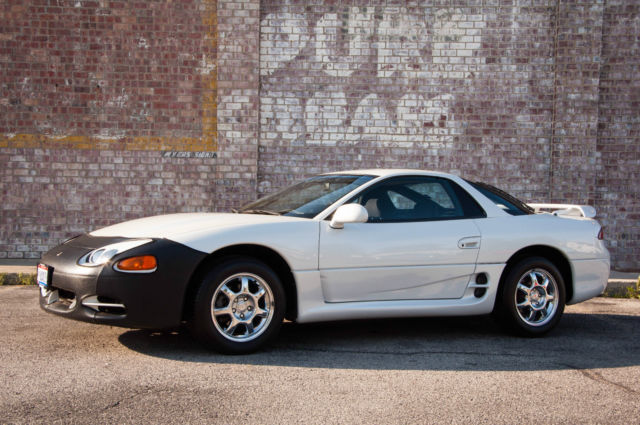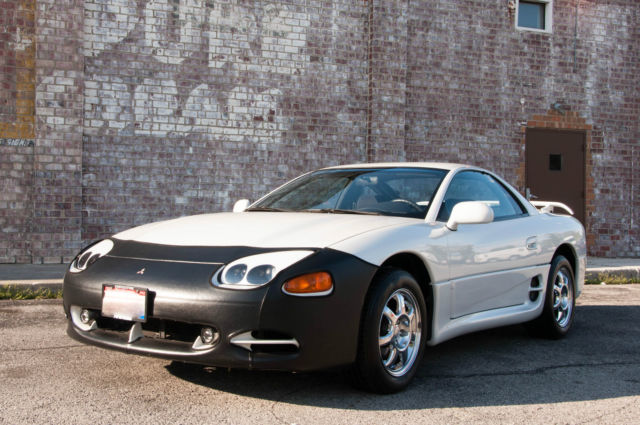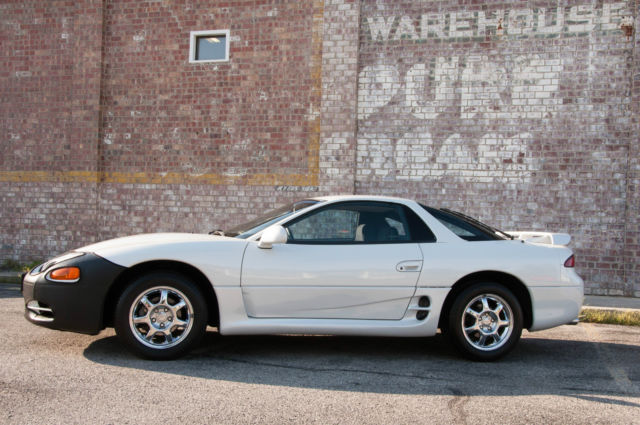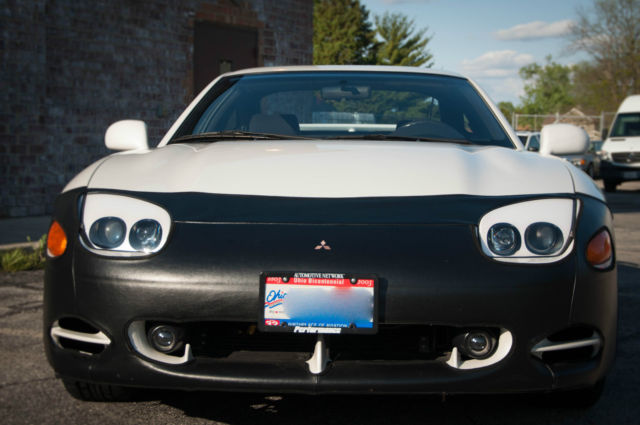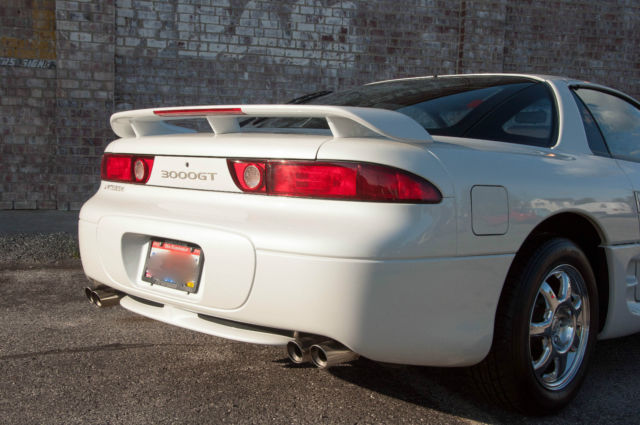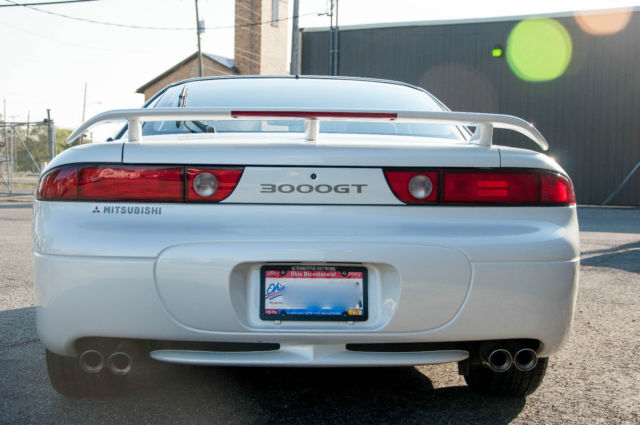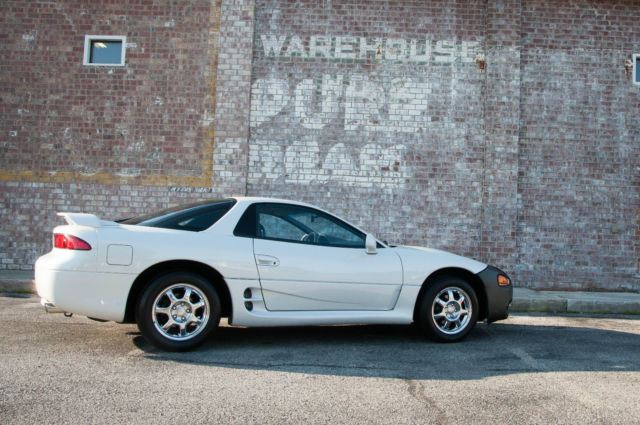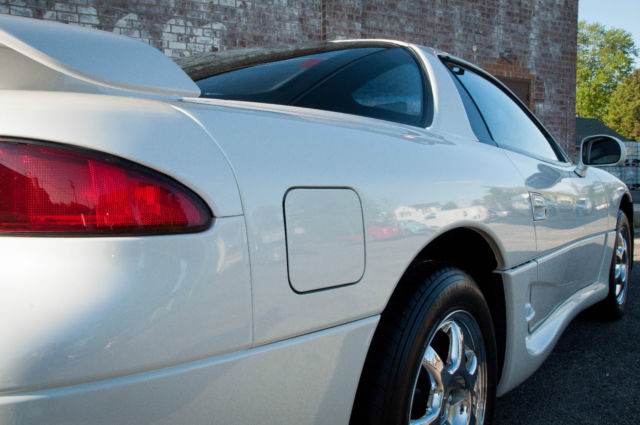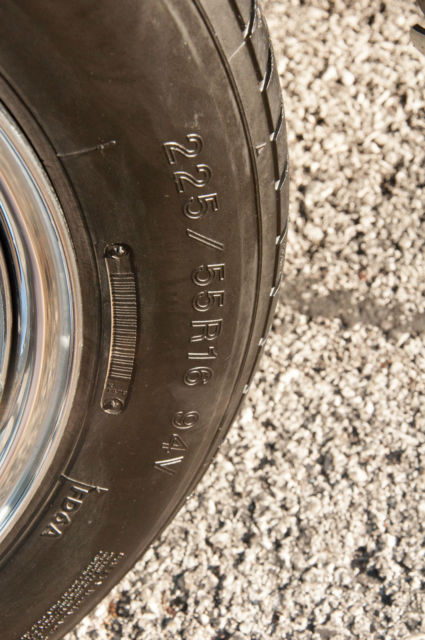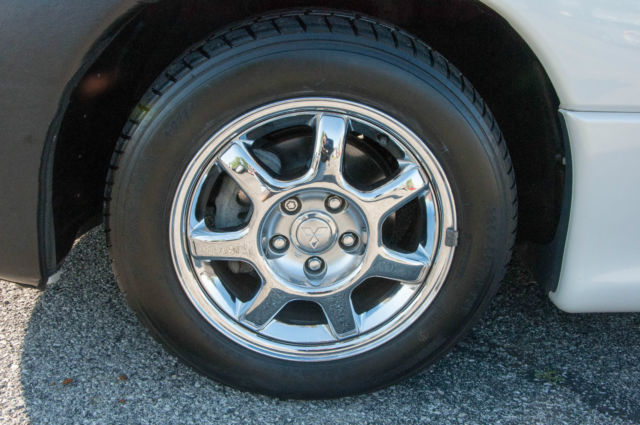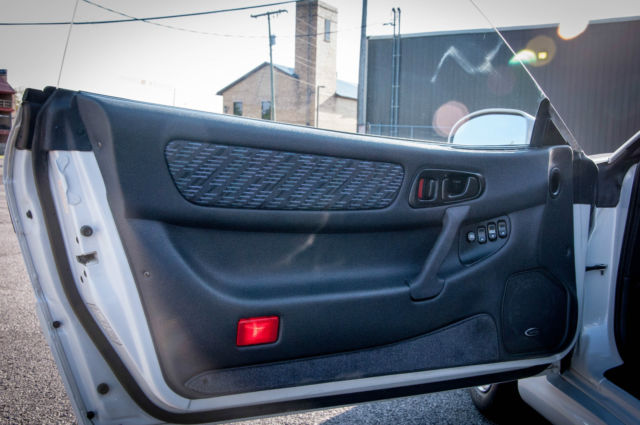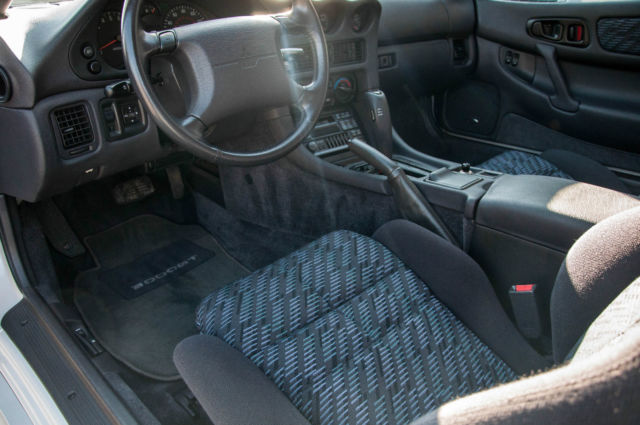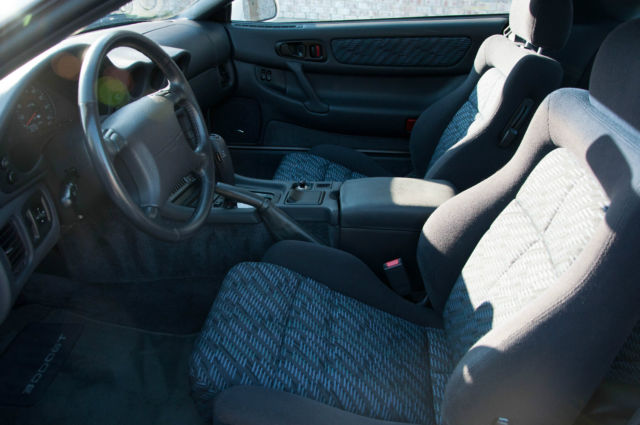One owner, MINT CONDITION. Perfect
- Condition: Used
- Make: Mitsubishi
- Model: 3000GT
- Type: Coupe
- Trim: 3 Door Coupe
- Year: 1995
- Mileage: 11,142
- VIN: JA3AM84J1SY022411
- Color: White
- Engine size: V 6 DOHC
- Number of cylinders: 6
- Power options: Air Conditioning, Cruise Control, Power Locks, Power Windows
- Fuel: Gasoline
- Transmission: Automatic
- Drive type: FWD
- Interior color: Gray
- Safety options: Driver Airbag, Passenger Airbag
- Options: Cassette Player, CD Player, Sunroof
- Vehicle Title: Clear
- Interested?
1995 Mitsubishi 3000GT Description
Hello, I have for sale a 1995 Mitsubishi 3000 GT that is a oneowner car. It waspurchased in 1995and we have all theoriginal paper work including the window sticker. The car has been driven very little thus it only has 11,142 miles on it. The car is in like new condition. The protective bra was installed to protect the front end from chips. The paint and finish are just like it was when it left the dealer in 1995. The interior smells like a new car. This is truly a time capsule in every way. Below is some information about the 1995 Mitsubishi 3000GTSecond generation models are identified by a revised frontbumperto accommodate projector beamheadlightsand small, round projector fog lights. The caps on the hood were replaced with integrated blisters, and the side air vents and rear bumpers were modified. The interior was redesigned with dual air bags, a new audio system, and revised air conditioning refrigerant. The engines in the twin-turbo models received a slight boost in torque from 307lb·ft (416N·m) to 315lb·ft (427N·m).
With the all wheel drive advantage, blasting the 1/4 mile at 107mph in 13.0 seconds.
To complement this, the VR-4 now included a six-speedGetragmanual transmission. Bigger wheel/tire combinations were provided beginning in 1995. The base and SL model received 16" wheels in silver or chrome with 225/55 tires, while the VR4 now had 18" chrome wheels with 245/40 tires (the Spyder had the standard 17" with higher profile tires from 1994 to handle the additional 400lb (180kg)).
As the price of the cars increased, many of the "gadgets" on the car were discontinued. The tunable exhaust was phased out after model year 1994, the ECS disappeared after the 1995 model year, and the active aerodynamics disappeared after 1996. Finally, Chrysler ceased sales of the Dodge Stealth captive import, and for the remainder of its life only Mitsubishi-badged versions were available.
Mitsubishi had produced a number of limited edition 3000GT VR4 convertibles. The rare special edition was known as the Spyder VR4. Only 877 were imported to America. When the Spyder was released, it never reached the European and Japanese market. The United States had their own version of the VR4. These cars were modified to be convertibles in the United States by ASC Corporation. The U.S and the Mitsubishi factories worked with another company to convert the 3000GTs into a hard-top convertible.The Spyder was one of very few hard-tops to release in the United States. The Spyder was released in 1995 and ended production in 1996. In 1995 Mitsubishi's 3000GT Spyder was available in 4 different combinations: carson red w/ grey leather interior, sable black w/ ivory leather interior, glacier white pearl w/ grey, and martinique yellow pearl w/ ivory leather interior. In 1996 the 3000GT Spyder was available in four different options: caracas red w/tan interior, solano black pearl w/ tan leather, glacier white pearl w/ tan leather interior, and pamana green pearl w/ tan leather. Its many unique color options, and hard-top convertible gave the vehicle a unique history, and created a cosmetic impact in the auto industry. While the cosmetics of the Spyder VR4 made it unique, its framework differed. The Spyder’s frame and bodywork was similar to their brothers, the 3000GT SL and VR4 models. The Spyder model had its disadvantages over the VR4 and SL, due to heavy brackets under the body. The extra weight under the body interfered with the handling. Due to slow sales of these vehicles, Mitsubishi decided to discontinue the 3000GT VR4 Spyder. The SL Spyder's were only available in an automatic transmission where the VR4 Spyder was only available in a 6 speed manual.
Japan's automotive design is usually driven by the pursuit of efficiency, agility and lightness. At the same time, however, there's a definite obsession with technology: making everything electronic, inventing neat new gadgets and generally providing complex answers to simple questions. For a perfect example of the latter philosophy, look no further than the Mitsubishi 3000GT.
Please look at the photos closely you will be impressed. Feel free to call if you have any questions or would like to schedule a time to view the car in person. The 3000GT will be sold AS-IS. The car will be stored inside until it is paid for and picked up by the winning bidder or transport company.
Thanks and Happy Bidding
 Special! Mint condition! 1 Owner - Low miles only 10,600 - Lancer GSR
Special! Mint condition! 1 Owner - Low miles only 10,600 - Lancer GSR
Mileage: 10,600
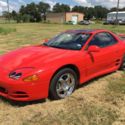 Twin Turbo. Low Miles. Mint Condition. One Owner. NO RESERVE!!!!!
Twin Turbo. Low Miles. Mint Condition. One Owner. NO RESERVE!!!!!
Mileage: 88,200
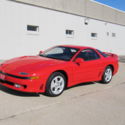 1991 Mitsubishi 3000 GT VR4-1 Owner All Original-Mint Condition-65,000 Actual Mi
1991 Mitsubishi 3000 GT VR4-1 Owner All Original-Mint Condition-65,000 Actual Mi
Mileage: 65,000
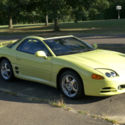 1994 3000gt vr4 18k original miles (mint condition)
1994 3000gt vr4 18k original miles (mint condition)
Mileage: 18,194
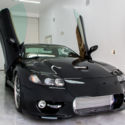 Mitsubishi 3000gt VR4 Spyder Hardtop Convertible Mint Condition
Mitsubishi 3000gt VR4 Spyder Hardtop Convertible Mint Condition
Mileage: 25,810
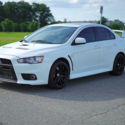 2013 MITSUBISHI EVOLUTION / 1 OWNER / ETS UPGRADES / TASTEFULLY MODDED / PERFECT
2013 MITSUBISHI EVOLUTION / 1 OWNER / ETS UPGRADES / TASTEFULLY MODDED / PERFECT
Mileage: 24,515
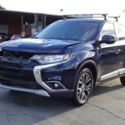 2016 Mitsubishi Outlander SE Damaged Salvage Loaded w Options Perfect Color L@@K
2016 Mitsubishi Outlander SE Damaged Salvage Loaded w Options Perfect Color L@@K
Mileage: 19,092
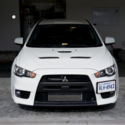 2014 Evo X GSR, wicked white, mint, 6760 miles
2014 Evo X GSR, wicked white, mint, 6760 miles
Mileage: 6,760
 2012 Mitsubishi GS SPORT 2DR COUPE AUTOMATIC 39K MILES MINT SHAPE
2012 Mitsubishi GS SPORT 2DR COUPE AUTOMATIC 39K MILES MINT SHAPE
Mileage: 39,961
 * Mint 2012 Mitsubishi Lancer ES - Leather + Sunroof + 18" Refinished Wheels
* Mint 2012 Mitsubishi Lancer ES - Leather + Sunroof + 18" Refinished Wheels
Mileage: 74,000
